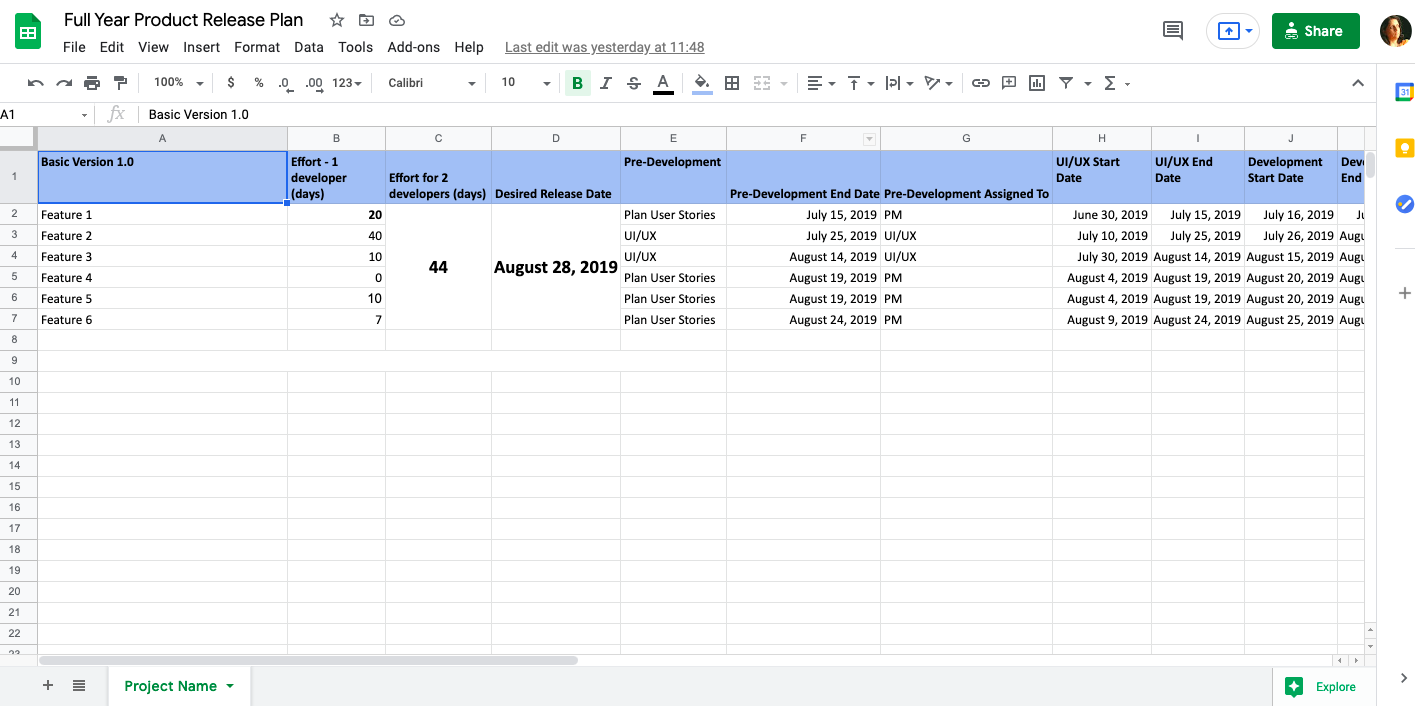Where does your Startup stand in the Competitor Race?


“It’s nice to have valid competition. It pushes you to do better”
— Gianni Versace
Let’s admit it. All Startup Founders have this urge that their Startup should race ahead of its competitors.
It’s nice to hear quotes like “You are your own competition. Try to get better today than what you were yesterday.” True. Absolutely true. But the adrenalin that pumps you up when you check your website traffic to see that magic figure of 1M unique visits just because your competitor had achieved it already, is another kind of ecstasy!
We are in a race. Call it a rat race if you may. But keeping a check on our competitors and trying to get ahead of them is a must-have.
Here’s the twist now. Adrenalin is not going enough to push you ahead of your competitors. You got to do this in an intelligent way. You got to understand what the competitor data talks to you. The thought should not just be doing what they do better. The thought should be – what is that they don’t have but I can have. That, my friend, is your USP (Unique Selling Point). That is what will boost you way ahead.
Being a stickler for process, here is my recommended Step-By-Step roadmap for Market Research / Competitor Analysis
Step 1 – Who are your Competitors?
This is a the favourite question asked by VCs and there is a definitive way to find out the answer to this.
There is an excellent tool called the Google Keyword Planner which if used in the right way will reveal not only who your competitors are, but all about their history, how they acquire customers and a lot more data which you can use to your benefit. Not to copy what they are doing but to understand the dynamics of the market.
For that, first your vision needs to be converted into keywords. There are some keywords that you already may have in mind. For example if my Startup Vision is to “create a job site dedicated to the software industry”, I will probably have some keywords in mind like “jobs for software professionals” or something like that.
There is a clear technique behind this. This is how I do it. I identify Keywords and then I create KeyPhrases based on permutations and combinations of those keywords. For e.g. Keywords could be “JobSite”, “Software”, “Professionals”, “Development” and Key phrases could be “JobSite for Software Professionals” or “JobSite for Software Development Professionals” or “JobSite for Software
Developers” and so on. Its all about how deeply you can relate to your vision and think about all possible keywords related to the same.
Once you have these keywords and key phrases, then it is a matter of plugging them into the Google Keyword Planner and Voila! you get tons of other suggestions for your chosen keywords and key phrases. Not only that it also gives you a peek into how many times that keyword was searched in this month or for a previous timeline.
An excellent tool created by Neil Patel (a well known marketing guru) is UberSuggest. This takes you one step ahead and for the keywords and key phrases that you have already identified it gives you an idea about who else is ranking for the same. These, my friend, are your competitors. Keep a watch out for them.
On the same lines, SEMRush is another tool which helps tremendously in giving you a sneak peek into your competitor’s winning strategies so that you can adopt and improvise upon them to get ahead in the race.
Step 2 – What should you compare?
To find out where your competitors stand and what they are doing, you need to consider all aspects of their business. And then break down each aspect into more details so that you have a holistic view based on which you can make an intelligent judgement.
To get you started off here are some aspects which you can look at. I will be quick to add here that this is not a complete list. For that you can check out the Competitor Analysis Template which I use with Startups whom I have coached or consulted.
- Service/Product Offerings
- Website/App Look and Feel
- Website/App Features
- Customer Service Modes / Response Times
- Team
- Marketing Techniques
- Revenue Model
- Website Traffic / App Downloads per month
- Social Media Fan Base
Once you have listed down the core comparison metrics, you can go further and break it down. For e.g. for Social Media Fan Base, you will go further and break it down for each social media channel and so on.
List all these comparison metrics in rows in a Google Sheet.
Next list all the competitors whom you discovered as part of Step 1 mentioned above. Make sure you list yourself in the last column.
For each feature, for each competitor, note down your observations based on your study / market research / observation.
Once you are done filling up all parameter details for all competitors, it is your turn next. List your values for each of those parameters. This would be an eye-opener.
Step 3 – How to make sense of the data you have gathered
Say after listing out and doing your research on each of the features listed in the Competitor Analysis Template you come up with something like this as a snapshot.
| COMPETITOR 1 | COMPETITOR 2 | MY STARTUP | |
| Website Landing Page Features | Clear Call-To-Action forms at relevant places | No forms. Just content | A perfect balance of relevant content and Call-To-Actions. |
| App Downloads per month | 30,000 | 6000 | 12,000 |
| Revenue Model | Commissions | Flat Fees | Commissions and Flat Fees for different services |
Now, comes the fun part. A simple logical assessment which will give you an answer to the golden question “Where does your Startup stand in the Competitor Race?”
When you compare each aspect with your Startup you will realise that you never thought of some things that they do. You will also dance with joy when you realise that there is something that you thought of but they don’t have.
Mark those parameters where you have gained a brownie point in green and mark those where you lagged behind in red. If there are more reds than greens then it is clear that you need to pull up your socks, roll up your sleeves and do something about it. Well, if there are more greens than reds, that still doesn’t mean that you can put a pillow under your head and relax. Make sure you have the processes to maintain that edge. It’s a tough market out there. You take a moment to breathe and someone else might just race ahead of you!
Hope I could throw some light on the process behind Competitor Analysis and its importance. At the end of the day, it is trying to ensure, your Startup Idea is backed up by a vision that beats all in the race or at least stands out. This is where you will come up with your USP (Unique Selling Proposition).
If you can add value to this in the comments section, my readers and I would be greatly obliged!
A Fill-In-The-Blanks Template to perform intelligent Competitor Analysis
Check out the Competitor Analysis Template
An Easy-To-Use Template where you can list each comparison feature in rows and all your competitors in columns. This will give you a clear idea about what is it that they don’t have and you have. This is where you have an edge. Also, what is that they have but you don’t have. You need to include this in your feature list to match up
Here’s how you can arrive at a judgement about where you are in the race compared to your competitors
- List down Comparison Features like Services Listing, Marketing Techniques in rows
- List down Competitor Names in columns. Include yourself in the end.
- List your observations for each feature for each competitor and yourself
- Find out what is it that they don’t have and you have. This is where you have an edge
- Find out what is that they have but you don’t have. You need to include this in your feature list to match up
- Tune your strategy to stay ahead in the race



















